Crew 306 – Montes
Dec 22th, 2024 – Jan 4th, 2024
Crew Members:
Commander: Jesus Meza-Galvan
Crew Engineer: Keegan Chavez
Crew Geologist: Elizabeth Howard
Health and Safety Officer: Ryan Villarreal
Green Hab Officer: Adriana Sanchez
Crew Journalist: Rodrigo Schmitt
Mission Plan:
Crew 306, “Montes”, is the twin mission of Crew 305, “Valles.” Valles and Montes are the eighth and ninth crews invited to MDRS from Purdue University. The naming conventions are meant to evoke the popular song by Tammi Terrell and Marvin Gay, which says: “Ain’t no mountain high enough. Ain’t no valley low enough.” The song lyrics literally express the crew member’s desire to one day explore the tallest mountains and deepest valleys on Mars. More importantly, the song highlights the spirit of perseverance that Valles and Montes bring to MDRS. We aim to continue Purdue University’s “Boilermaker” tradition of determination and grit in the advancement of science, technology, and mission protocols in service to future space missions. Montes will perform several experiments related to the long-term survival of a manned Mars station. We will address the need for mapping and scouting terrain using a drone based lidar system. We will address the need for sustainable waste management using fungi to break down and upcycle resources that would otherwise be lost. We will address the need for crew and station health monitoring by implementing both wearable health monitors, and environmental sensors placed throughout the station. We will address the need for in-situ resource utilization by collecting semiconductive materials from the environment and attempting to make photo-voltaic cells. And finally, we will perform geological research by measuring the subsurface magnetic properties us the surrounding environment.
The main objectives of the Montes analog Mars simulation are:
Keeping the highest level of fidelity and realism in the simulation. Earth analogs cannot reproduce Martian gravity and atmosphere, but the crew will keep every other aspect into consideration. This includes safety and research protocols, definition of roles and daily schedule, EVA protocols (and limitations), communication protocols, fruitful collaboration with the program director and mission support, and adaptation to limited resources and environmental difficulties.
Performing research in the fields of geology, engineering, human factors, and crew operations on Mars.
Experimenting with personnel at Purdue, providing a simulated mission control center to coordinate and support research and operations (including delay in communication, to simulate Earth-Mars distance).
Continuing the fruitful collaboration of Purdue crews with the MDRS program.
Following the mission, supporting MDRS with useful results for future crews.
Crew Projects:
Title: LIDAR-Enhanced Drone Simulations for Mars EDL Operations
Author: Rodrigo Schmitt
Objectives: Demonstrate the use of drone-based Lidar to perform local mapping of the terrain.
Description: This project investigates the application of drone-based LIDAR systems for improving Entry, Descent, and Landing (EDL) operations on Mars. Utilizing LIDAR technology, the study will focus on collecting high-resolution topographic data of the Martian-like terrain at MDRS to create detailed elevation and obstacle maps. These maps are essential for identifying potential landing zones and recognizing surface hazards that could impact the safety and success of landing operations. The research will utilize drones equipped with LIDAR sensors to simulate the scanning and mapping process during the descent phase of a Mars mission, aiming to provide actionable data that enhances landing strategies.
Rationale: EDL phases are critical and high-risk segments of space missions, particularly on planetary bodies like Mars, where the atmosphere and surface conditions can greatly affect the landing dynamics. Current Mars missions rely on pre-existing orbital data, which may not capture minute but critical topographical changes. By developing a method to rapidly and accurately assess landing zones up to the last moments before touchdown, the safety and precision of landings can be significantly improved.
EVAs: 6.
Title: Subsurface Magnetic Properties of the Martian Environment
Author: Elizabeth Howard
Objectives: Study geological magnetism to develop test procedures for future missions.
Description: The crew geologist will work to develop and test procedure(s) for studying magnetic behavior of subsurface Martian rocks that would be useful to have humans/astronauts perform, and correlations to possible influencing factors such as solar wind activity. Such research is relevant when attempting to study and understand Mars as we understand Earth, and in addition to giving insight as to which theories about the Martian environment may be supported by data, real Mars missions can allow scientists to develop more accurate planetary and orbital models of Mars.
Rationale: In recent years, NASA’s JPL facility has developed a project called InSight, a Martian environment studying lander. InSight, equipped with magnetometers to study the seismology of rocks on the Martian surface, picks up on magnetic pulse jumps around midnight. One theory for explaining this is that the pulses may be “related to the solar wind interacting with the Martian atmosphere”, although literature from the InSight team assessing data from Mars orbiter MAVEN is inconclusive on this. On Earth, we have the advantage of direct access to setups necessary to make in depth planetary characterizations.
EVAs: 4-5 EVAs
Title: Waste Management Solutions for Space Habitats: Utilizing Mycoremediation
Author(s): Adriana Sanchez
Objectives: Advancing the TRL of mycoponics™ technology by accessing transportability, and survivability of blue oyster fungi (Pleurotus ostreatus var. columbinus).
Description: This research aims to test the use of mycotechnology for waste management in a simulated analog habitat. Using different species of fungi, waste generated by the crew can be broken down instead of disposed of at the end of the simulation. Recycling wastes that are predicted to be created on Mars can help get closer to creating self-sustaining architecture, the key to inhabiting Mars. Using a liquid substrate to suspend the waste for Pestalotiopsis microspora, a plastic digesting fungus, and Coprophilous fungi, a dung mushroom-forming fungi, to digest and fruit, will allow for testing of edibility and the effectivity of upcycling disposable waste in a simulated setting.
Rationale: Lack of advanced bioregenerative life support systems is a critical challenge for long term space missions and establishing bases beyond Earth’s biosphere. Similar wastes generated on the ISS and at MDRS are either jettisoned off into deep space or collected and disposed of after missions. This takes away from the reality of what conditions we will face in deep space.
EVAs: None.
Title: Fabrication of photovoltaic cells using semiconductor material gathered In-Situ.
Author(s): Jesus Meza-Galvan
Objectives: Gather iron and Iron-oxide containing minerals from the environment to use as semiconducting material to fabricate a rudimentary dye-sensitized solar cell.
Description: The project will focus on the fabrication of Dye-sensitized solar cells using semiconducting metal-oxides that will be generated from station resources and minerals collected during EVAs. The basic requirements are glass slides, a graphite pencil, a photo-active pigment (dye), metal electrodes (aluminium cans), a semiconducting material, and an electrolyte solution. Most of the components required for a Dye sensitized cell are part of standard crew supplies. For the electrolyte solution, an Iodide compound works best, such as over the counter Iodine Tincture used for wound disinfecting. Of interest to this mission will be Copper Oxide (CuO), Iron Oxide (FeO, Fe2O3), and Titanium Dioxide (TiO2). TiO2 is often used as a pigment in paint, or as food coloring in frosting and powdered sugar. It is also the most common active ingredient in sunscreen. For this mission, we will be extracting TiO2 from sunscreen by baking it in an oven or hot plate. Copper oxide will be generated from copper sheets which will be brought in along with the crew. These sheets will be oxidized under high heat using the ovens in the science dome. The surface layer of oxide will be scrapped off to create semiconductive powder that will be spread over the glass slide. Iron oxide containing minerals will be collected while on EVA. The primary target of these EVAs will be hematite, as it has been shown that hematite powder can be refined to produce a solar cell.
Rationale: To establish a sustained presence on Mars, technologies for power generation will be necessary. Although Dye-sensitized cells are rudimentary and not the most efficient, they have the advantage of being easy to manufacture and can potentially be constructed using In-situ resources.
EVAs: 6
Title: Sensor-based Team Performance Monitoring in Isolated, Confined, and Extreme Environments
Author(s): Ryan Villarreal
Objectives: To take team-level measurements of team performance in isolated confined and extreme environments.
Description: This study aims to investigate team-level physiological synchrony from wrist-worn photoplethysmography (PPG) using multi-dimensional recurrence quantification analysis (MDRQA) and team workload questionnaires to understand interpersonal relationships. In ICE environments, teams face unique challenges that impact their performance, stress levels, and mood. Current methods for assessing team effectiveness rely on subjective self-reports and expert evaluations, which are prone to biases. Physiological synchrony, the alignment of physiological responses among team members, has been suggested as a potential objective measure of team dynamics but has not been studied in ICE contexts.
Rationale: In isolated, confined, and extreme (ICE) environments, teams face unique challenges that impact their performance, stress levels, and mood. Current methods for assessing how teams are performing rely on subjective self-reports and expert evaluations, which are prone to biases. Physiological synchrony, the alignment of physiological responses among team members, has been suggested as a potential objective measure of team dynamics. Physiological synchrony has been shown to predict team performance and mood among team members. In ICE environments, these constructs are crucial for mission success.
EVAs: None
Title: MDRS Monitoring System
Author(s): Monish Lokhande, Keegan Chavez
Objectives: The project is focused on developing a network of Raspberry Pis to measure data from various locations in the habitat to measure the ambient conditions. This will be a continuation of the project initiated by Crews 288, 289, and 305.
Description: The crew will be making a network of Raspberry Pis to measure data from various locations in the habitat to measure including CO2, VOC, Air Quality, Temperature and Humidity levels. This data would be collected and analysed for any possible sudden changes. The primary problem to be solved is monitoring multiple sensors remotely, as the current dashboard does not allow more than 10 channels active at once. The goal is to integrate up to four sensor payloads together, one for each station module, to be interfaced remotely by Purdue Mission control.
Rationale: Equipment and system health monitoring is an important aspect for long duration missions on Mars. Loss of any equipment or failure of the system on Mars is a massive danger for crews, as transporting any material takes at least eight months of lead time. Also, communication with the Martian habitat has up to a 21-minute delay. Hence, any emergencies need to be detected and solved locally. Therefore, in-house technology to monitor and potentially identify any possible hazardous situations is vital.
EVAs: None
Title: Wearable-Based Autonomic Profiles for Real-Time Cognitive Monitoring in Spaceflight
Author: Peter Zoss, Ryan Villarreal
Objective: This study will longitudinally quantify individual changes in autonomic nervous system (ANS) status via a wearable sensor in MDRS crew members to understand how our autonomic activity is associated with sequential measures of cognitive performance for predictive model development.
Description: Crew 306 will continue the project as proposed by Peter Zoss and Crew 305.
Rationale:
EVAs: None required
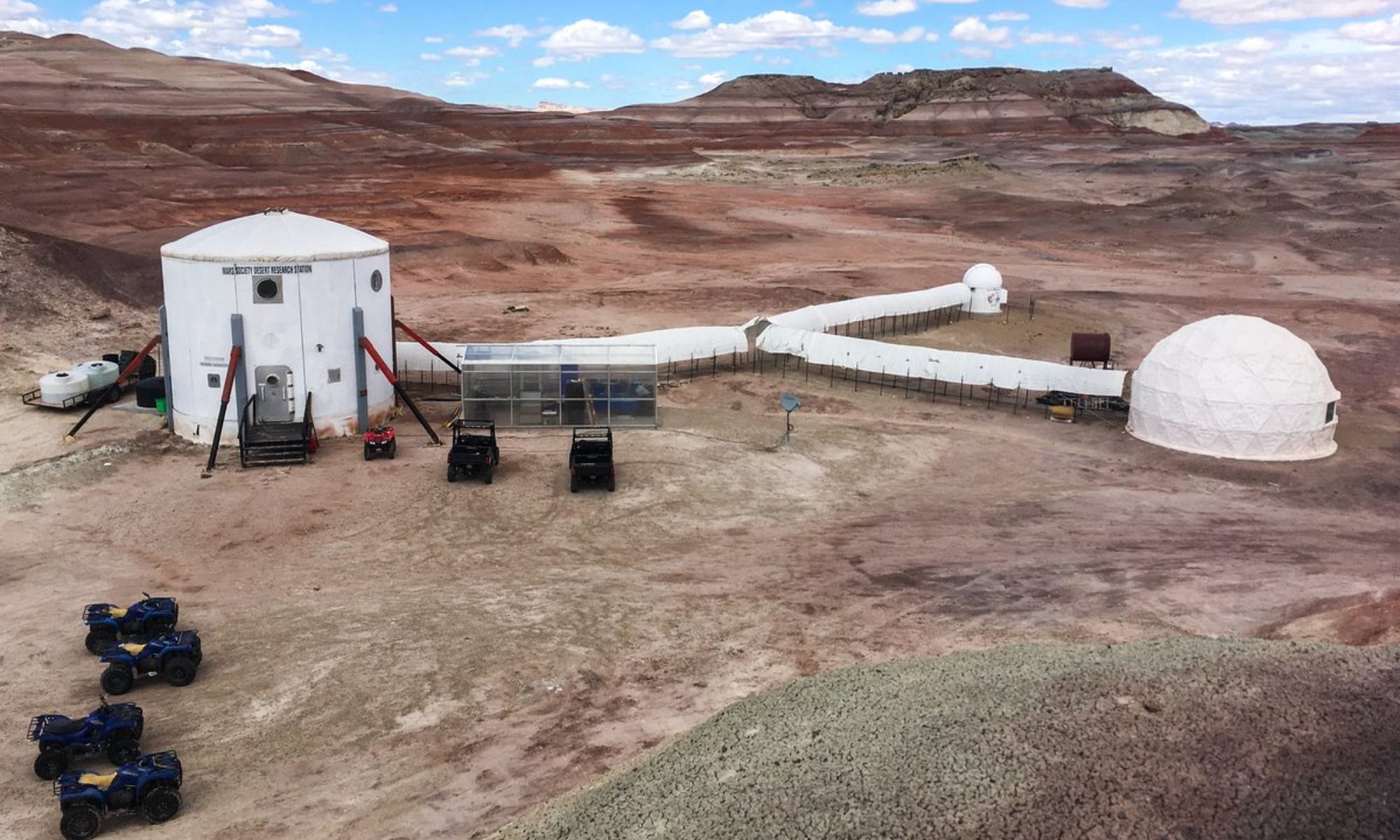

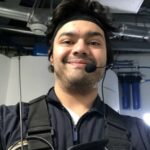

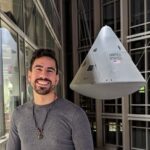
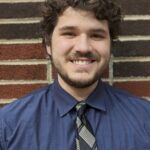
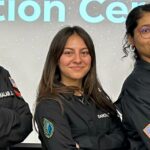
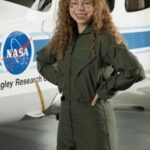
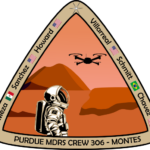
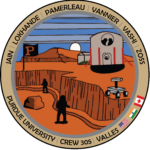
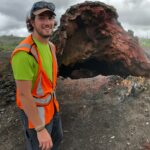
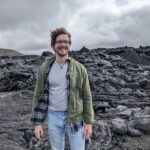
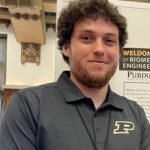


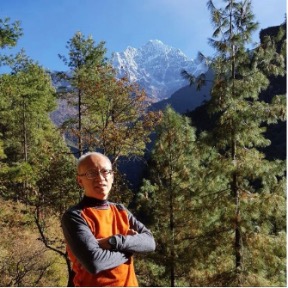








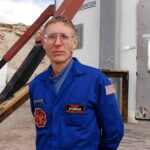

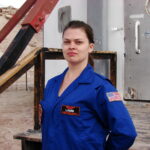
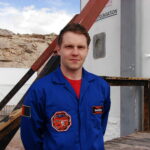
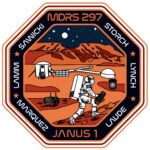
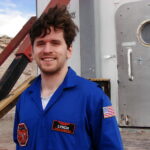
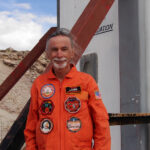
You must be logged in to post a comment.